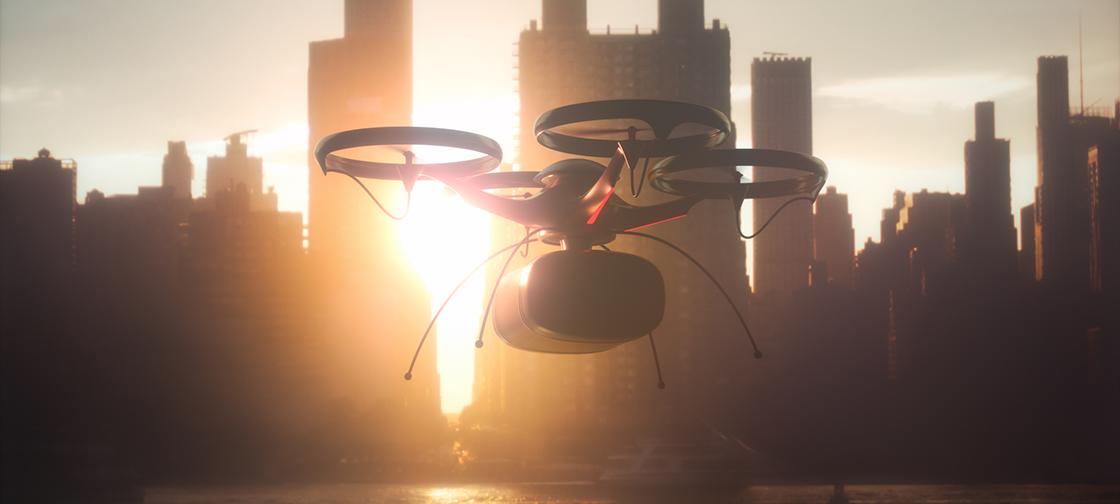One drone, four microphones and a loudspeaker: nothing more is needed to determine the position of walls and other flat surfaces within a room. This has been mathematically proved by Prof. Gregor Kemper of the Technical University of Munich and Prof. Mireille Boutin of Purdue University in Indiana, USA.
“The basic scenario is a room with flat walls, and maybe a ceiling and a floor,” explains Prof. Gregor Kemper of the Chair of Algorithmic Algebra at TUM. The room is not assumed to be rectangular. It is also possible to measure the slope of the walls. Several microphones and a loudspeaker are contained in the room.
Speaker and microphones are placed on a drone
Previous studies have already mathematically proven that four microphones and a loudspeaker are sufficient to pinpoint the walls and also calculate their inclination. To prepare for this, the microphones have to be brought into the room at random positions, which will take quite some time and in some situations will be altogether impossible.
That is why Kemper and Boutin took the idea one step further. In their theoretical approach, they mounted the loudspeaker and four microphones on a drone – making measurement much more practical, because the equipment does not have to be installed in the room.
Source: “How drones can hear walls”, Technical University Munich




